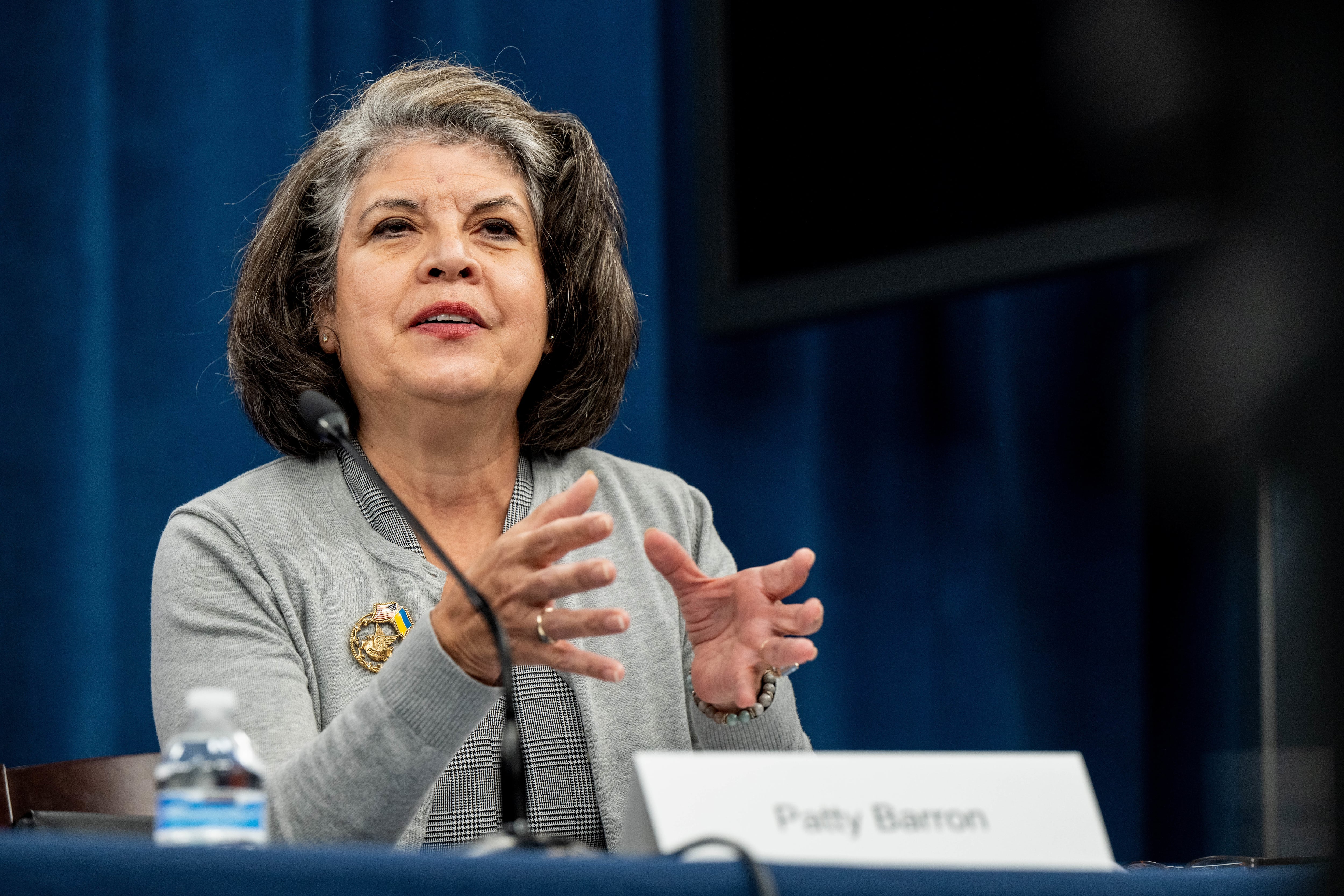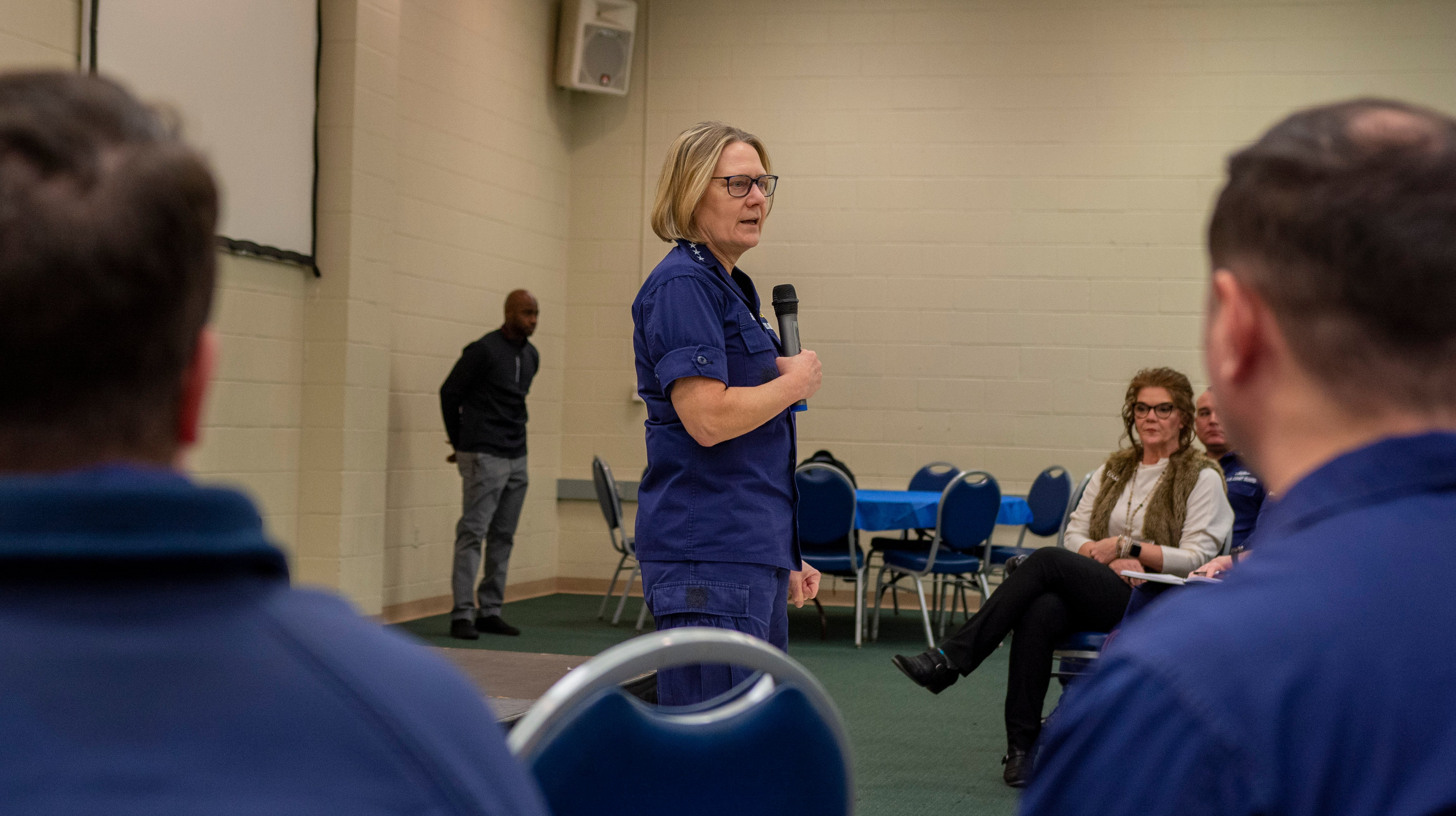WASHINGTON — An F-35 engine failed during a pre-delivery test due to a vibration problem in March 2020, nearly three years before a similar issue caused an alarming fighter mishap in Fort Worth, Texas, Defense News has learned.
The F-35 Joint Program Office and Pratt & Whitney, the Raytheon-owned maker of the F135 engines that power the F-35, said in a statement to Defense News that Pratt “immediately informed the JPO” after the 2020 vibration failure occurred.
The next day, experts from Pratt & Whitney, the JPO, and the military services that fly the F-35 began a “full systems engineering investigation” to find the root cause of the problem and “develop a path forward,” the JPO and Pratt & Whitney said.
After the four-month investigation, the experts decided the engines needed “additional pre-acceptance procedures” to test and screen them and, when necessary, take action to mitigate any vibration issues that were discovered.
However, a problem with engine vibrations — which the JPO and Pratt & Whitney refer to as “harmonic resonance” — also led to a pre-delivery F-35B’s mishap on Dec. 15, 2022. That F-35 was videotaped as it bounced on the ground and spun around before its pilot ejected safely.
The mishap led to a halt in deliveries of new F135 engines and the grounding of newly-made F-35s, which resulted in a halt of Lockheed Martin’s F-35 deliveries. An investigation subsequently found a vibration issue in the engine caused its fuel tube to fracture, Pratt & Whitney said in February.
The JPO and Pratt & Whitney said that the engine from the December mishap had undergone and passed the testing, screening and mitigation procedures that were put in place after the March 2020 engine failure, but “the event in 2022 introduced new learning that manifested for the first time during flight operations.”
By February, the military and Pratt & Whitney developed a near-term fix that allowed engine deliveries to Lockheed’s F-35 factories to resume later that month. Fighter deliveries also resumed March 14.
That fix was an “interim mitigation” solution that allowed aircraft to fly again, the JPO and Pratt said in Monday’s statement, but was not a permanent fix. The JPO and Pratt said “a fully redesigned component” should be ready to roll out to all F-35s worldwide this summer “to further mitigate issues from harmonic resonance.”
Pratt & Whitney did not previously disclose to the public the prior failure of an engine, though the company acknowledged other vibration incidents.
Jen Latka, Pratt & Whitney’s vice president of F135 programs, told reporters in a Feb. 28 conference call that the company had previously “dealt with resonance before on the engine,” but that the Dec. 15 incident involved “new aspects.” Latka offered no details on previous incidents in that call, citing the ongoing investigation, and referred questions to the JPO.
The JPO and Pratt & Whitney refused to comment on financial responsibility for the engine vibration problem and the delivery tumult that ensued.
The Pentagon announced as part of this month’s budget rollout that it had decided to stick with the F135 engines in the F-35 and upgrade them for more power and cooling to handle additional capabilities planned for the fighter in coming years. The military also considered, but rejected as too expensive, another engine being developed by General Electric Aviation that would have used an adaptive engine design.
Stephen Losey is the air warfare reporter for Defense News. He previously covered leadership and personnel issues at Air Force Times, and the Pentagon, special operations and air warfare at Military.com. He has traveled to the Middle East to cover U.S. Air Force operations.










